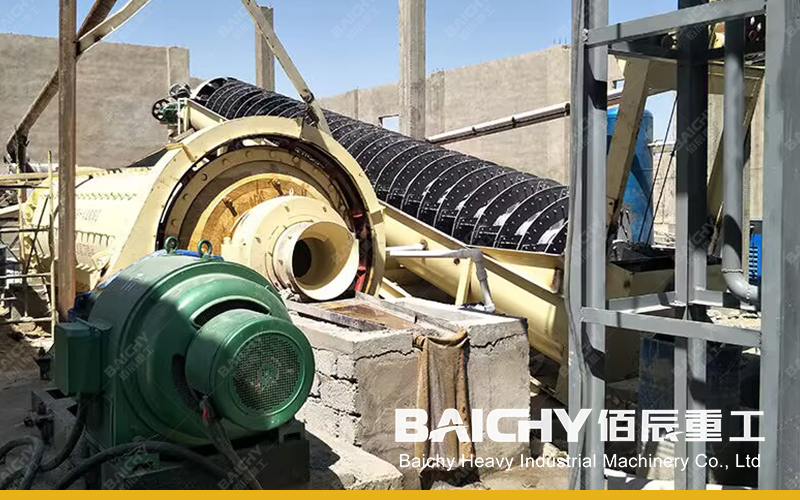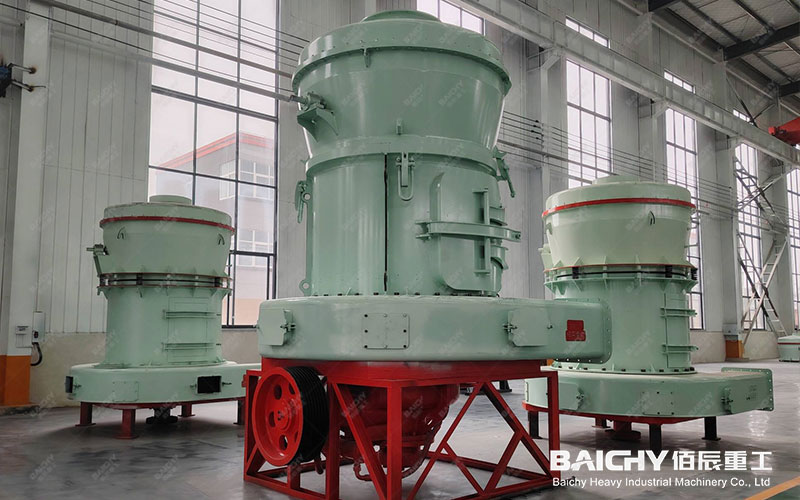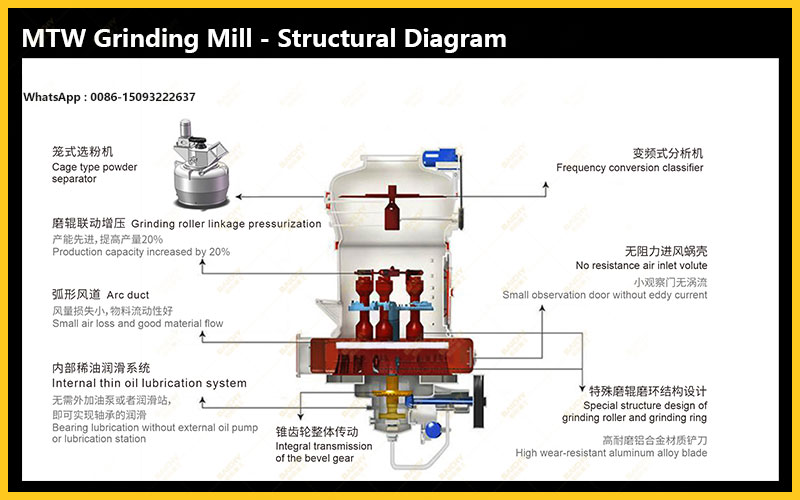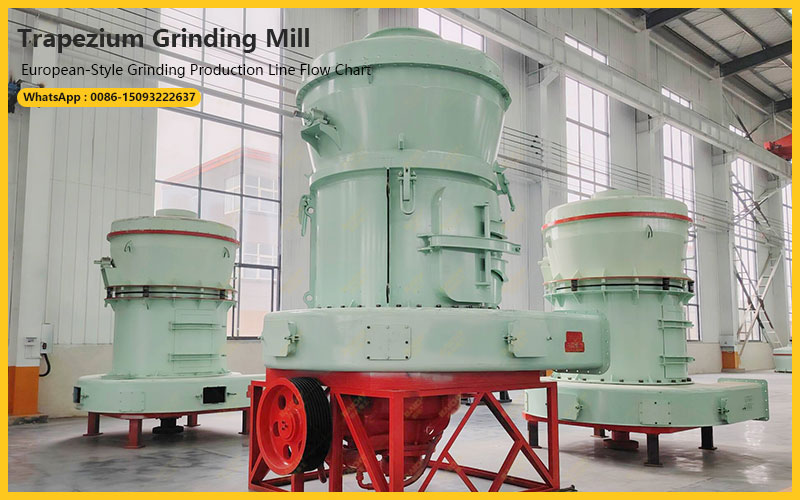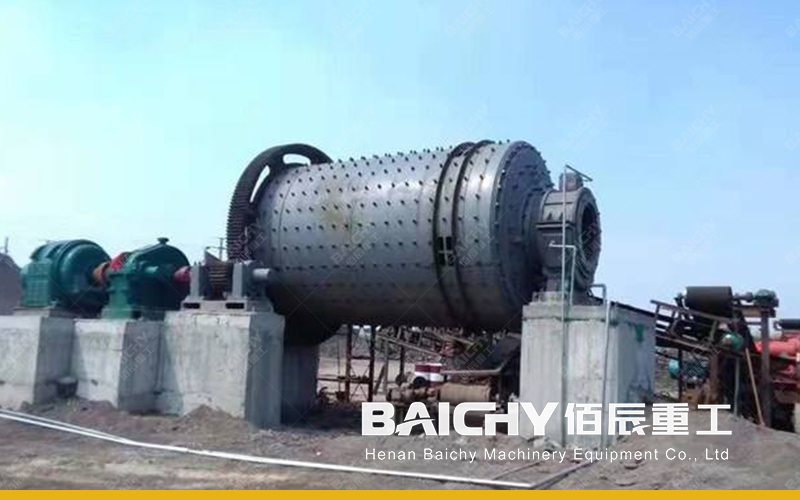
In the grand narrative of gold mining, the transformation from hard rock to gleaming gold ingots involves a series of complex processes. One crucial step, determining the efficient release and recovery of gold, is crushing and grinding. The ball mill is undoubtedly the "core contributor" to this process.
So, what exactly is the role of the ball mill in gold mining?
I. Core Mission: Crushing the Ore to Release Microscopic Gold Particles
When gold ore is first extracted from the ground, it is typically found in blocks of rock of varying sizes. The gold within is often encased in extremely small particles (even microscopically invisible) within gangue minerals such as quartz. Without sufficient crushing of the ore, this gold cannot be effectively captured by subsequent chemical or physical beneficiation methods.
The core mission of the ball mill is to take over the work of coarse crushing equipment such as jaw crushers and cone crushers, finely grinding the ore already crushed to the centimeter level. It uses a rotating cylinder and internal grinding media (steel balls) to further grind the ore into a fine powder through impact and friction, typically reaching a fineness of over 200 mesh (as fine as flour). This process is called "liberation," and its purpose is to completely "liberate" the gold particles from the gangue surrounding them, exposing their surface and creating crucial conditions for the next extraction step.
II. Why is the ball mill an indispensable key piece of equipment?
1. Paving the way for cyanide gold extraction: Currently, over 80% of the world's gold is extracted using the cyanide process. This method relies on a chemical reaction between a cyanide-containing solution and the gold surface. If the ore particles are not fine enough, the gold cannot be exposed, the cyanide solution cannot reach the gold, and the recovery rate will be extremely low. The ball mill ensures that the ore reaches the optimal particle size required for the cyanide process.
2. Creating conditions for flotation: For certain types of gold ores (such as those associated with sulfides), flotation is used for initial enrichment. Ball mills liberate valuable minerals from gangue particles through grinding, and by controlling particle size, allow gold minerals to adhere more effectively to air bubbles, achieving efficient enrichment.
3. High throughput and stable operation: Modern large-scale gold mines process thousands or even tens of thousands of tons of ore daily. Ball mills, with their powerful continuous operation capacity and reliability, meet the needs of large-scale industrial production.
III. Workflow of Ball Mills in Gold Mine Beneficiation Plants
In a typical gold mine beneficiation plant, the ball mill typically occupies a central position as follows:
1. Crushing: Raw ore → Jaw crusher (coarse crushing) → Cone crusher (medium and fine crushing).
2. Grinding: Crushed ore → Ball mill (forming a closed-loop cycle with classification equipment to ensure qualified particle size).
3. Extraction: Grinded slurry → Cyanide leaching tank/flotation machine → Gold refining.
In short, the uses of ball mills in gold mining can be summarized as: "wall breakers" and "liberators." Through its efficient grinding action, the ball mill breaks down the rock barriers that bind the gold, releasing the tiny gold particles and acting as a bridge between "ore" and "gold." Without the "fine grinding" of the ball mill, even the highest grade gold ore cannot realize its true economic value. Therefore, it is an indispensable key piece of equipment in modern gold beneficiation processes.


